
East Kilbride Garden at night
Garden lighting front of house
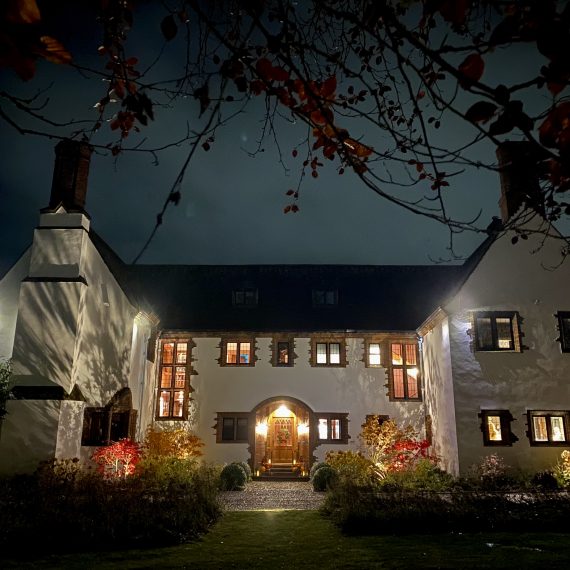
Garden lighting family patio
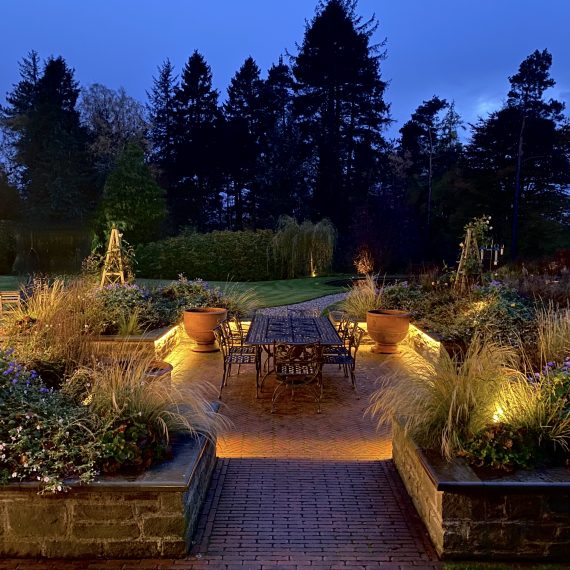
Garden lighting summerhouse and swimming pond
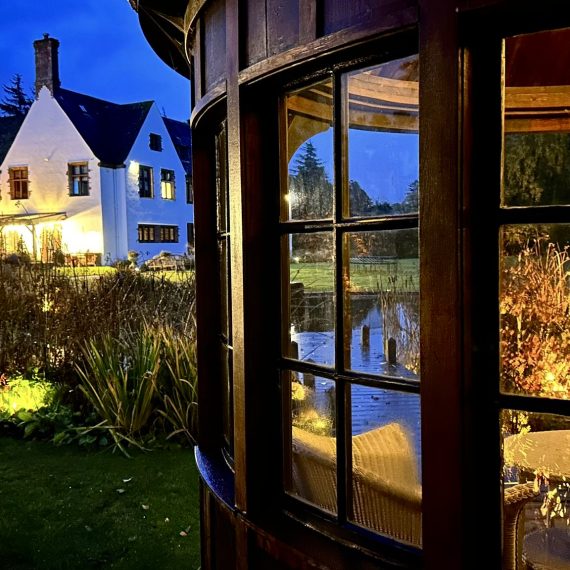
Garden lighting trees by swimming pond
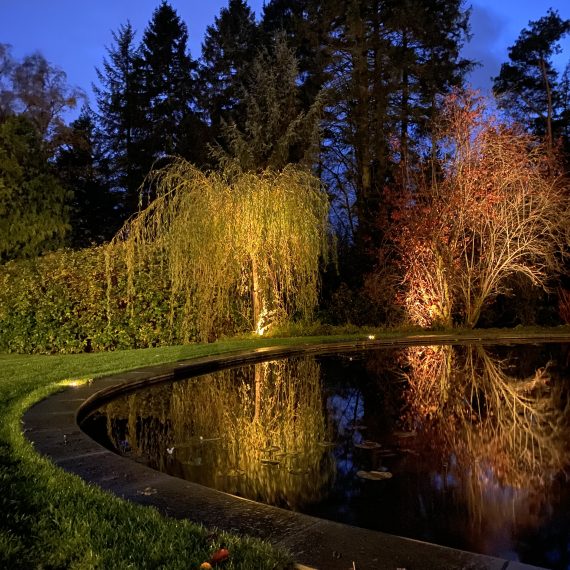
Garden lighting greenhouse/orangerie
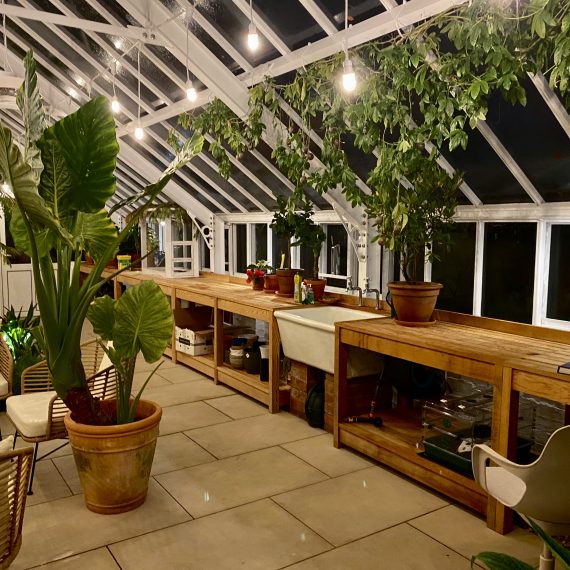
Garden lighting driveway trees with moonlight effect
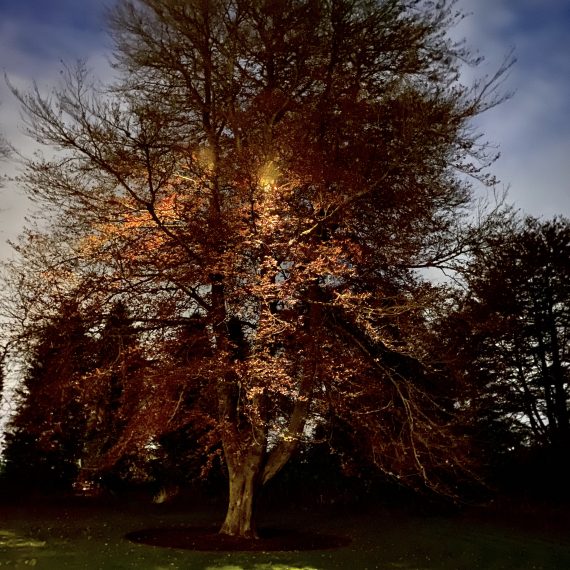
Garden lighting pergola structure
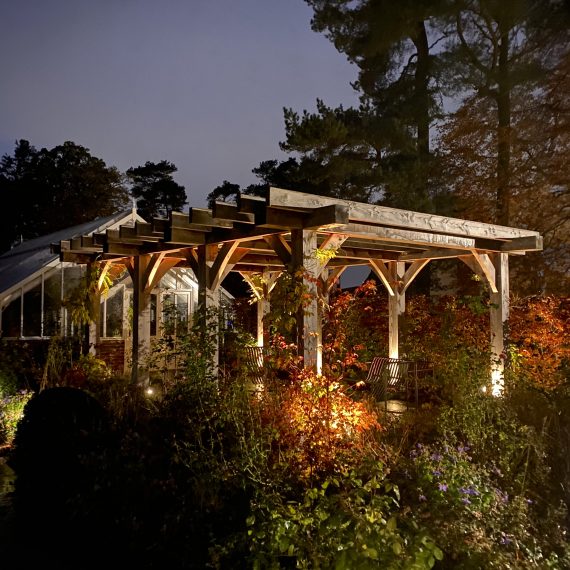
Garden lighting driveway trees with moonlight effect
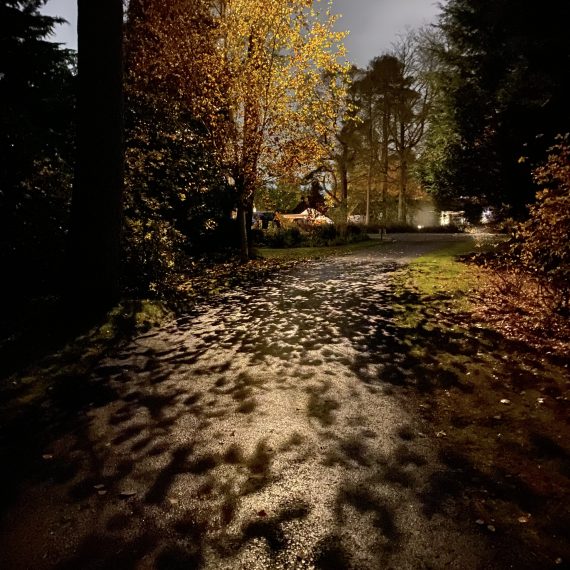
Garden lighting driveway trees with moonlight effect
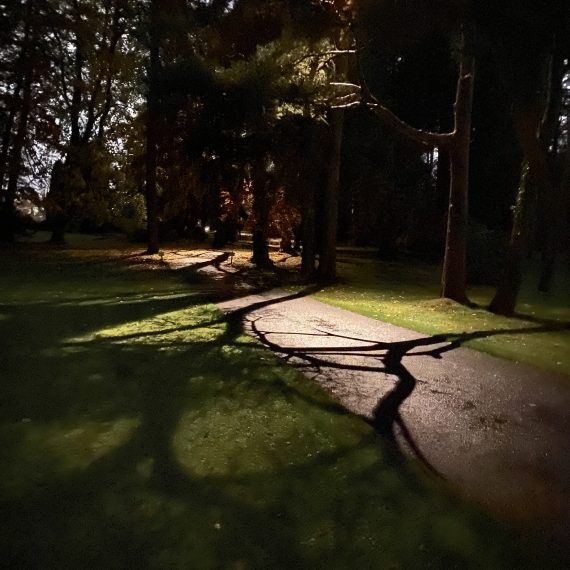
Driveway lighting using moonlight effect
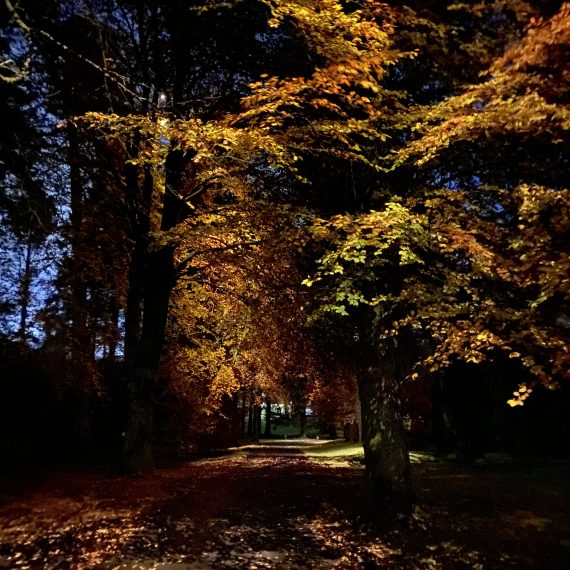
Garden lighting driveway trees with moonlight effect
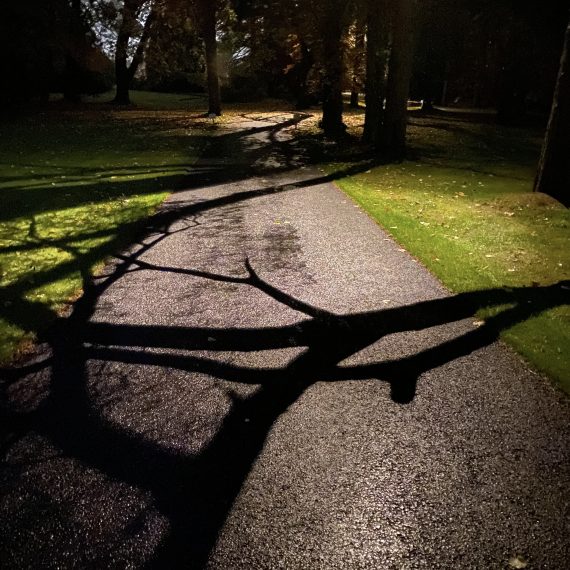
Driveway entrance lighting
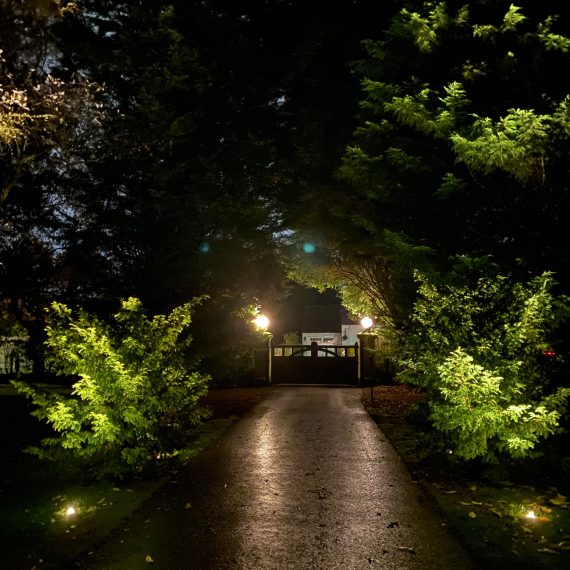
Garden lighting front of house
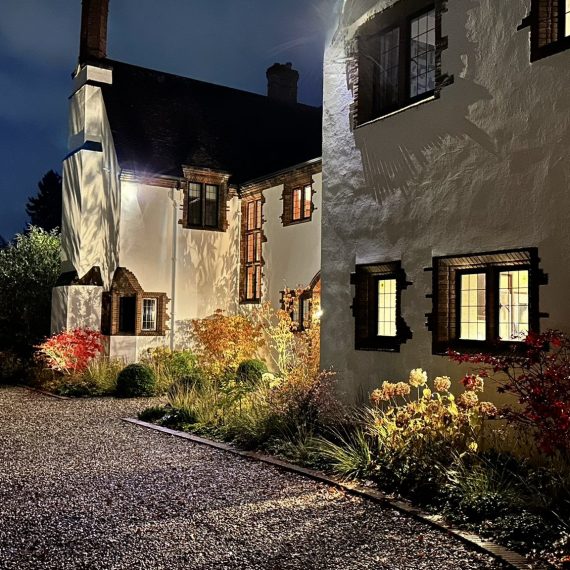
Garden lighting front of house
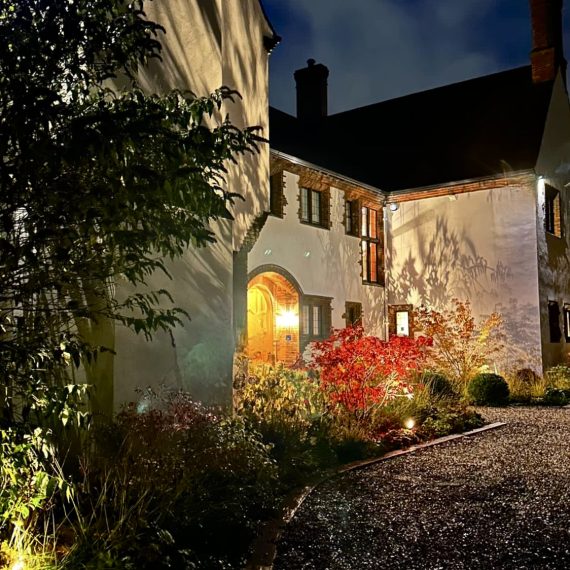
Garden lighting front of house
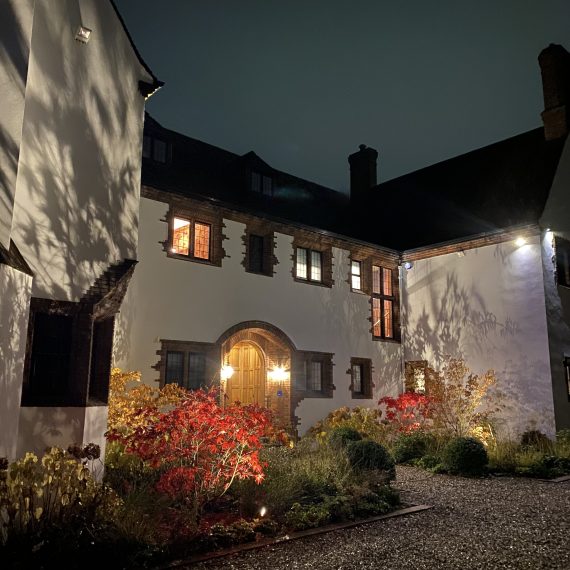
Garden lighting front of house
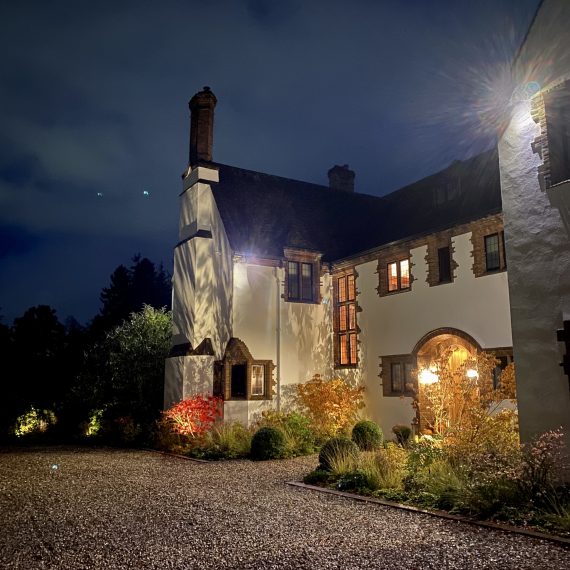
Garden lighting front of house
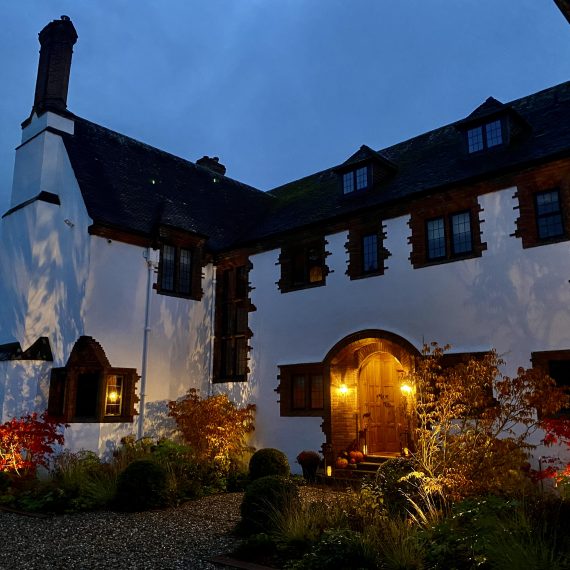
Garden lighting family patio
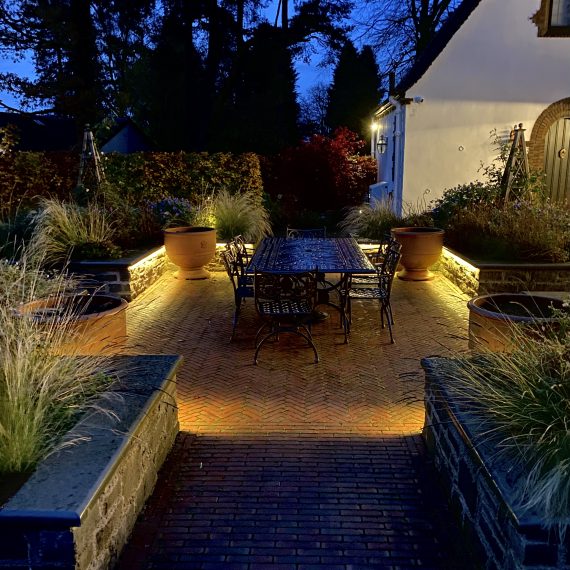
Garden lighting family patio
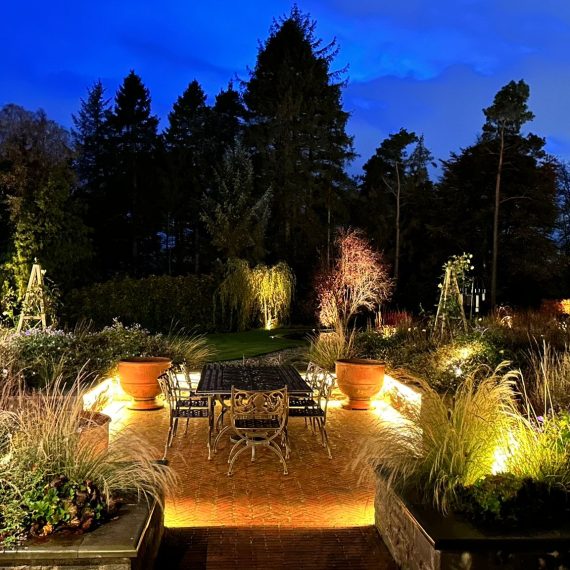
Garden lighting family patio
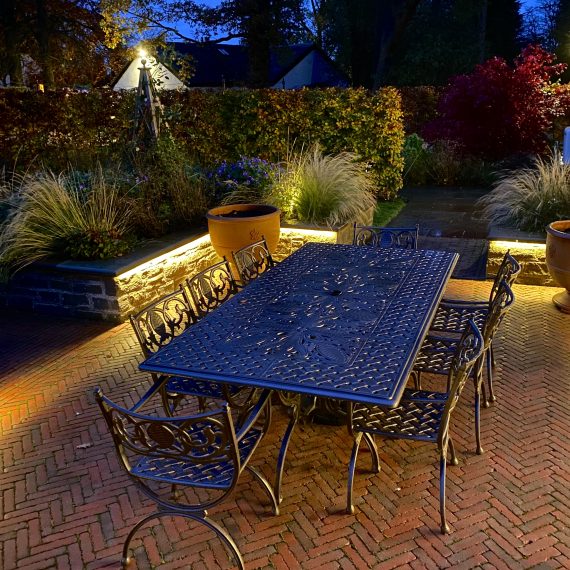
Victorian summerhouse lighting
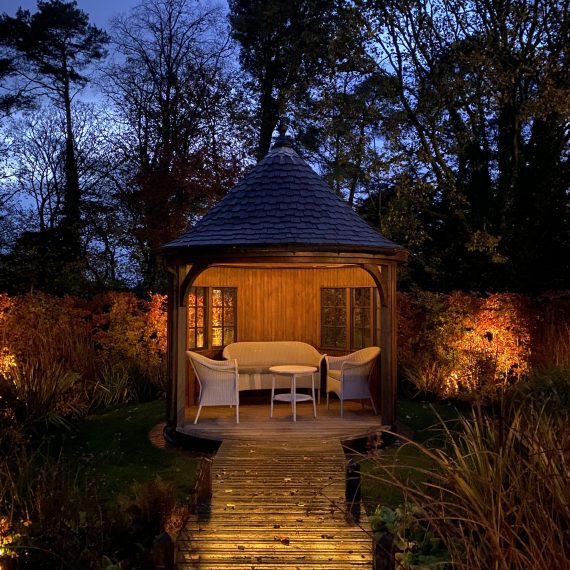
Victorian summerhouse and boardwalk lighting
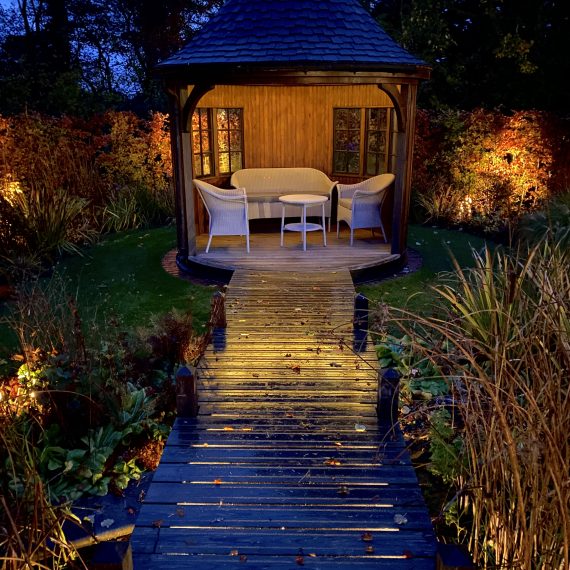
Victorian summerhouse lighting
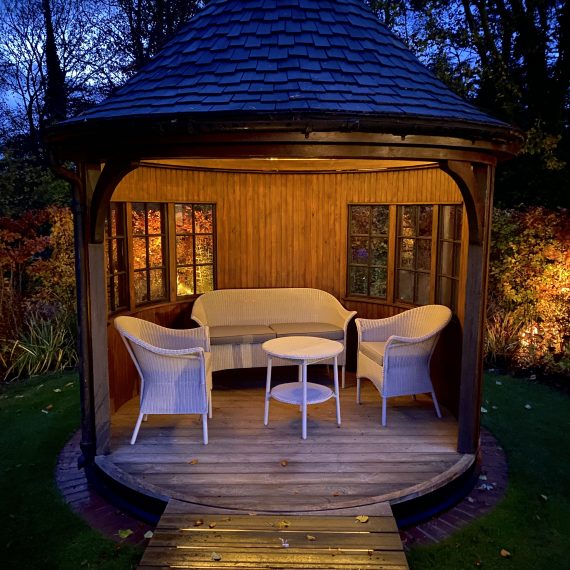
Swimming pond lighting
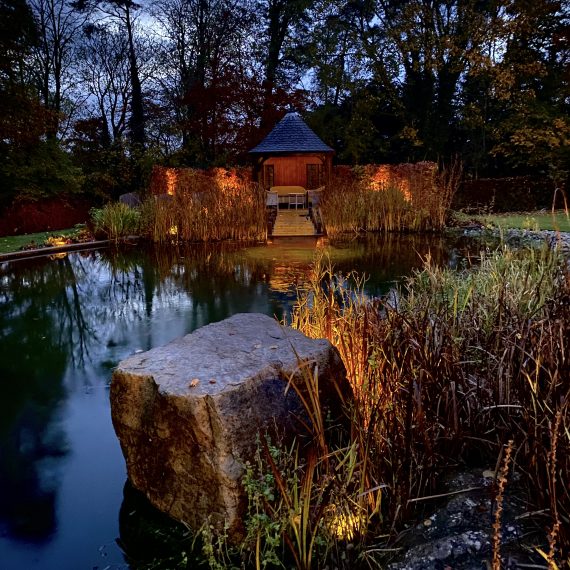
Summerhouse and beech hedge lighting
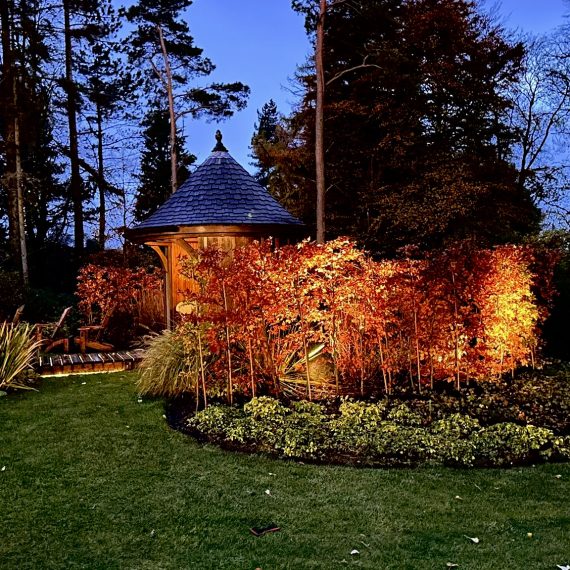
Swimming pond and woodland lighting
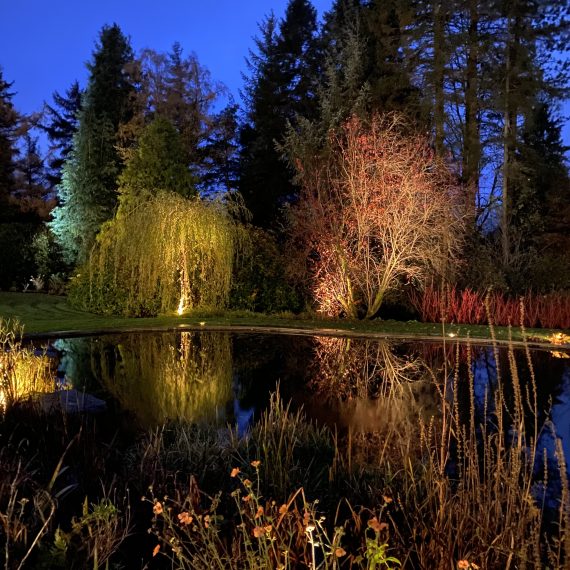
Swimming pond and woodland lighting
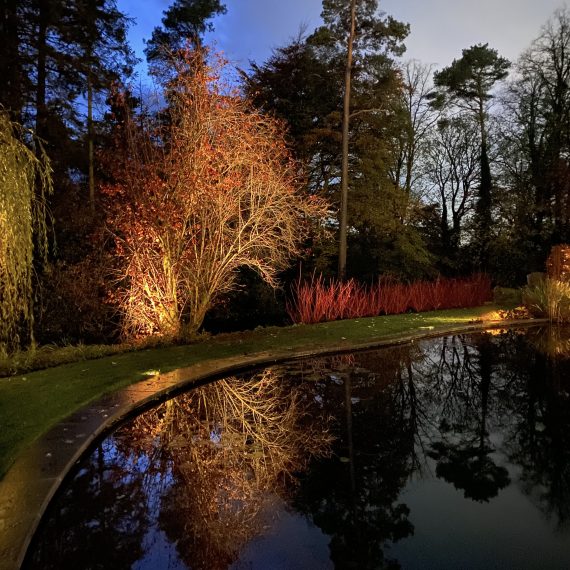
Swimming pond and woodland lighting
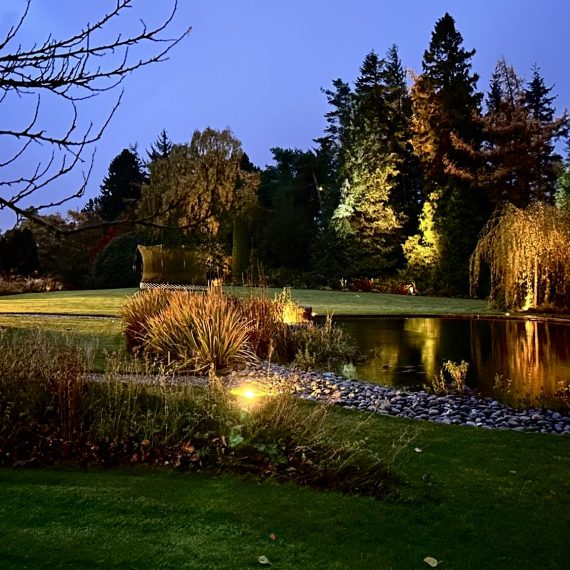
Swimming pond and woodland lighting
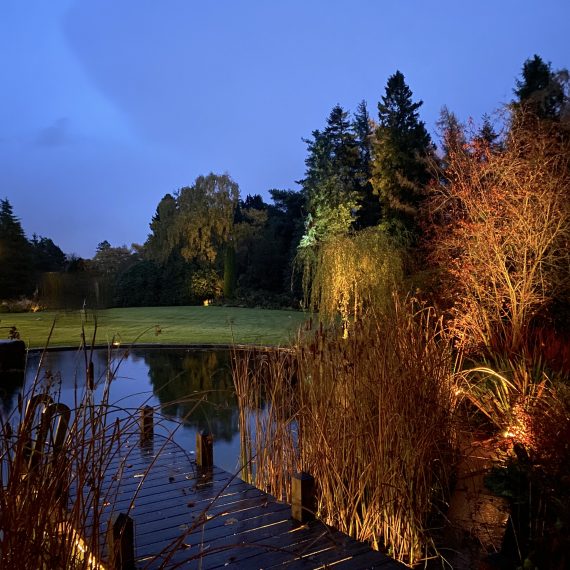
Swimming pond and boardwalk lighting
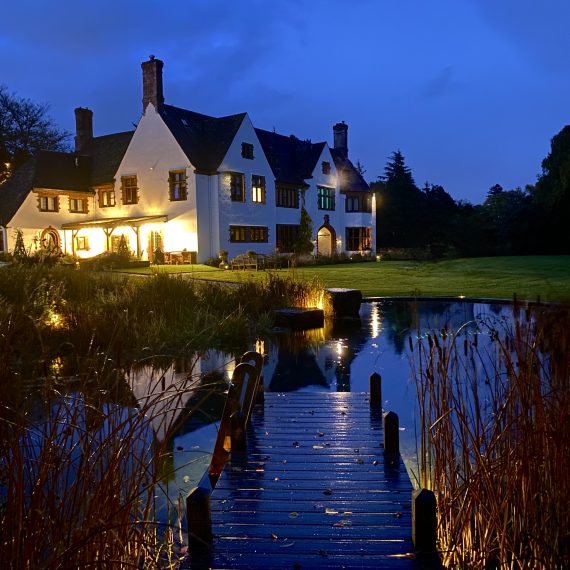
Pergola lighting
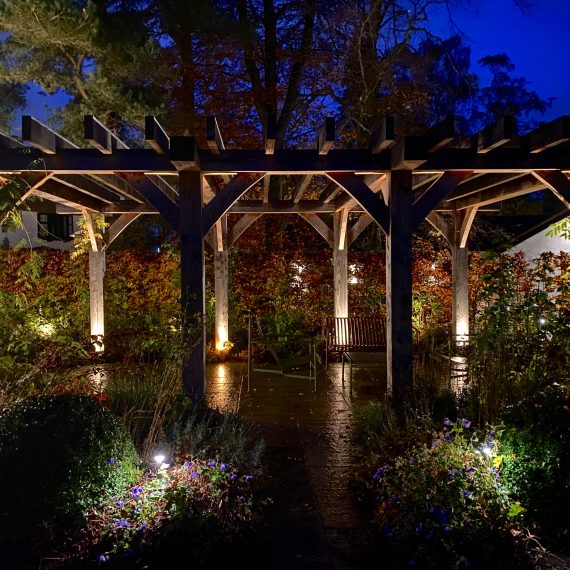
Woodland lighting
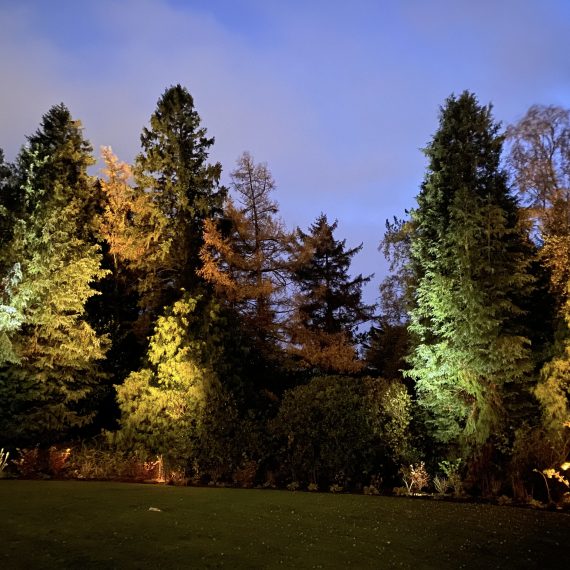
Woodland lighting
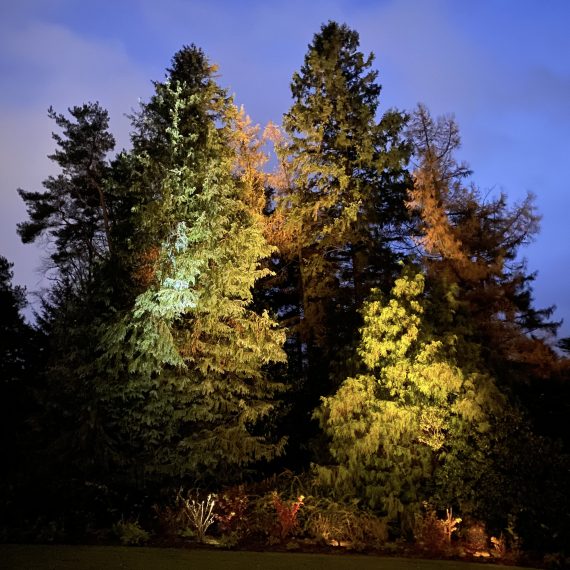
Greenhouse/orangerie lighting
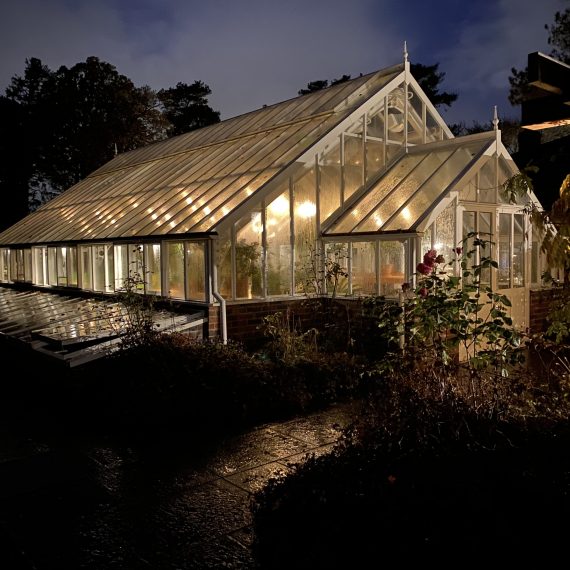
Greenhouse/orangerie lighting
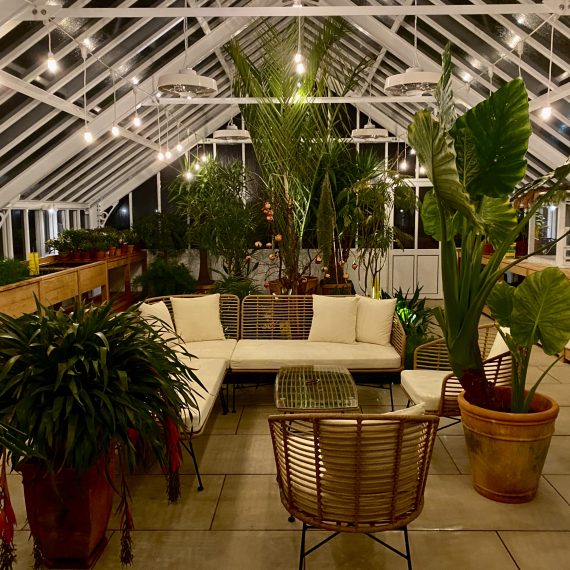
Greenhouse/orangerie lighting
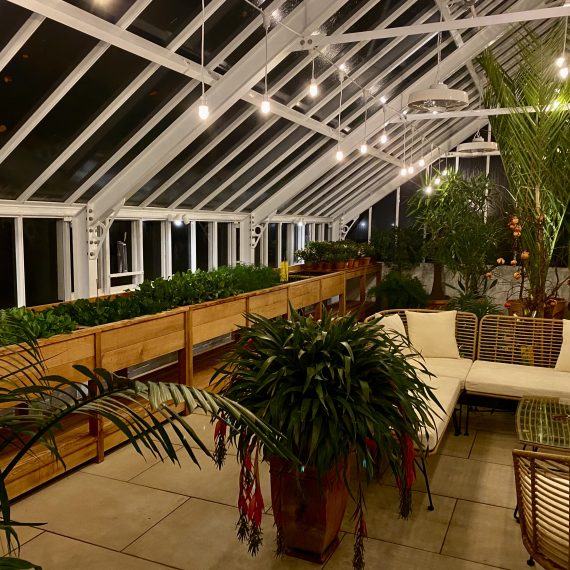
Greenhouse/orangerie lighting
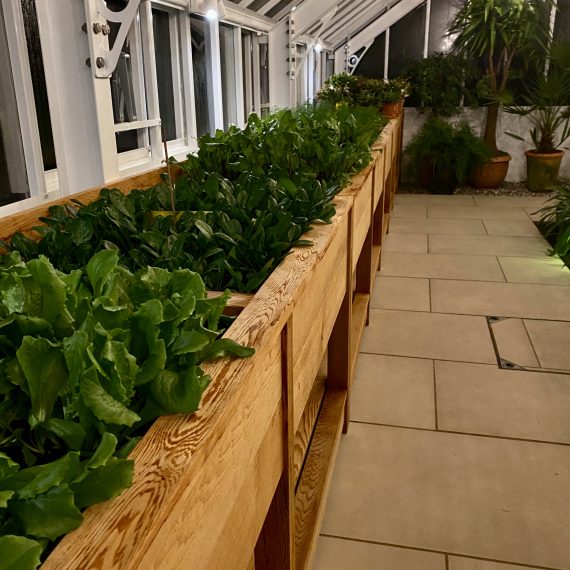
Greenhouse/orangerie lighting
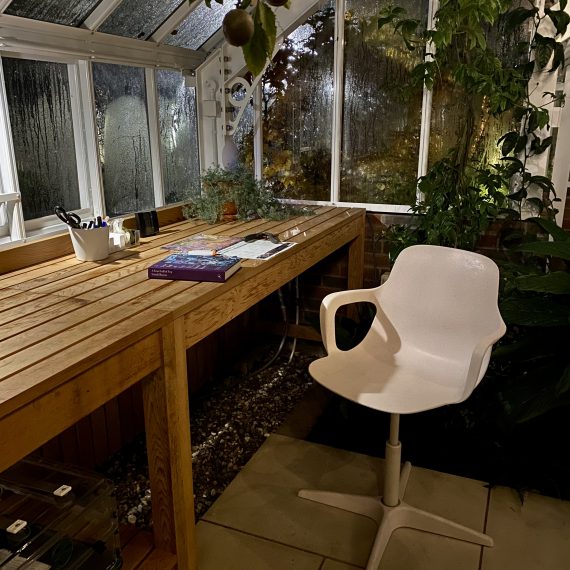
Greenhouse/orangerie lighting
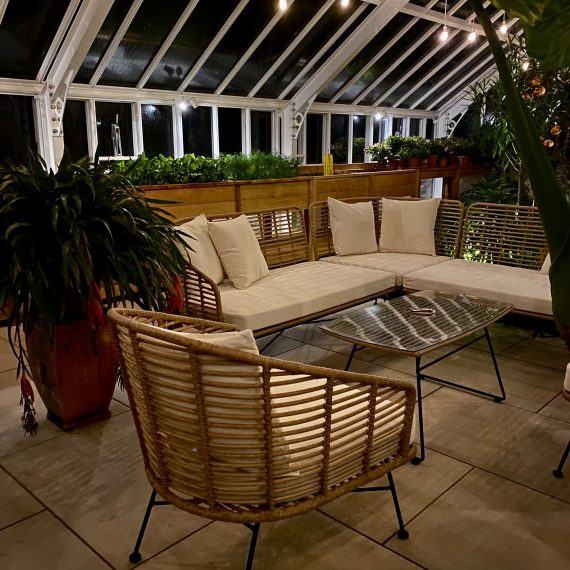
Greenhouse/orangerie lighting
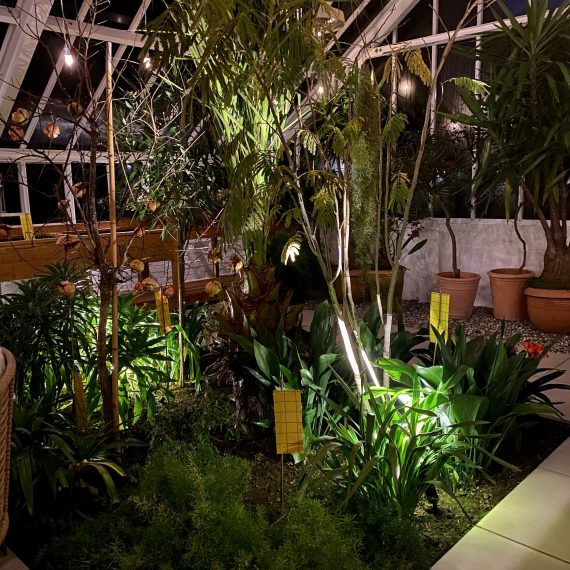
Greenhouse/orangerie lighting
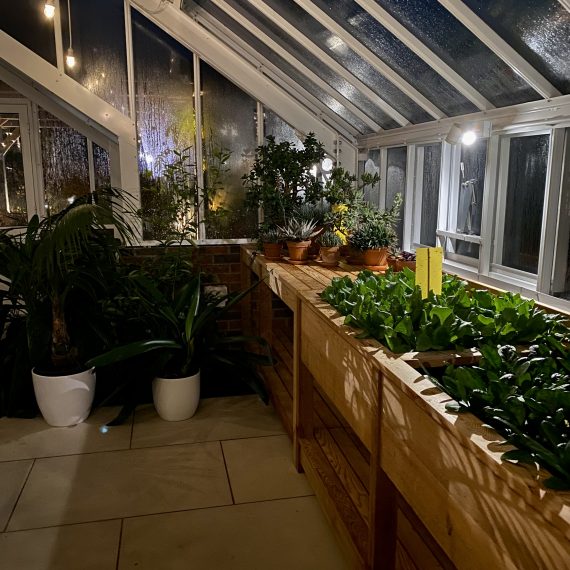
Greenhouse/orangerie lighting
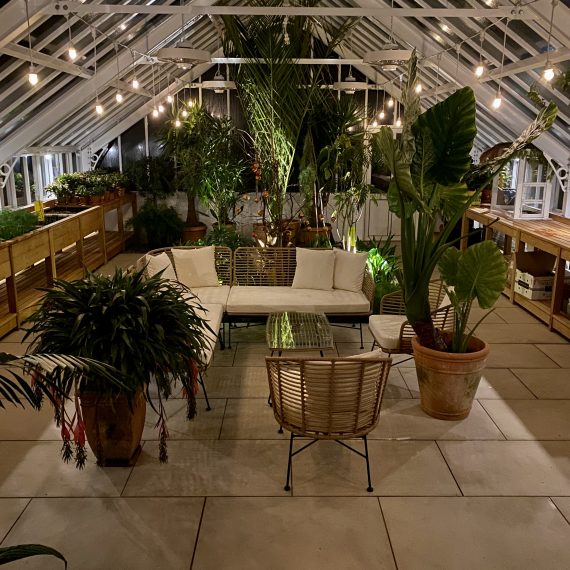
Garden lighting design
I’ve worked for a number of years with lighting designer and installer Mark Dunion from MGD Electrical. He has introduced me to a number of different lighting effects and has guided me on where and when to use them. With this East Kilbride Arts and Crafts house and garden we were able to use just about all of these different techniques which has been a joy! We revisited the garden in autumn 2023, a year on from planting and took the photos shown here.
Entrance lighting
It would be really easy to over-light the front of this house. Light bounces successfully off white walls but with careful focusing of spot lights, crisp shadows from shrubs such as Acer Palmatum Bloodgood and Hydrangea Paniculata Limelight are formed on the walls. Autumn was a great time to photograph this as the reds, oranges and yellows were turned full on.
Driveway lighting
A long driveway is always tricky and expensive to light. Most clients now specifically reject ‘runway’ lights – in-ground lighting bright enough to divert planes from nearby airports. So instead, we proposed ‘moon lighting’. This is a way of lighting the ground by placing spot lights high up in tall, mature trees which line the driveway. These lights are angled to send beams through branches so that shadows form on the ground. The effect is very much like moon light: gentle enough not to disturb wildlife but sufficient to allow you to find your way.
Pond lighting
Water is also very difficult to light. It is really only the structures in or around a water feature which can be lit. In the case of this garden’s swimming pond, we used way marker lights to catch the stone edging of the pond. This was very much a safety technique to ensure anyone walking in the garden at night would see the pond edge. However, it also creates a beautiful effect when viewed from a distance. We lit the restored Victorian summerhouse using an LED strip light inside the roof structure. This creates a glowing effect so that the light source itself is not visible. We also used LED strip lights underneath the boardwalk making this safer to walk on at night but also creating an amazing lighting effect. Finally, we used a number of spot lights around the pond to light planting and the boulders which sit on the edge of the pond.
Woodland lighting
We approached the lighting of tall, mature trees in the woodland areas which are within view of the house with a light touch. Mark suggested a combination of cool white lamps for the two blue conifers and warm white for the other evergreen and deciduous trees. The effect is stunning.
Greenhouse and pergola lighting
Renovation of the greenhouse involved replacing the flooring with porcelain tiles, building cedar potting benches all around, installing a Belfast sink salvaged from the main house renovations, and creating a seating area in the middle of the structure surrounded by exotic plants. Lighting is from dimmable festoon lights. The effect is lovely within the greenhouse and also when viewed across the garden. Immediately outside the greenhouse is a large pergola structure built from Scottish larch. This has Wisteria clambering up its posts and in summer this will provide dappled shade in an otherwise open and sunny garden. Lighting of the pergola is very special. On each of the posts a discrete uplighter is positioned to catch the timber but also the foliage of the climbers.
Family patio lighting
The family patio closest to the house comprises four raised beds which frame the dining area. LED strip lights concealed underneath the coping stone of the raised beds cast light down the stone walls and onto the paver patio surface creating a warm lighting effect. A series of spot lights inside the raised beds including one which shines up the middle of the obelisks gives sufficient light for the patio to be used at night without excessive brightness. Light which is bounced off foliage and flowers is one of the most attractive lighting effects and is the one I use the most in the gardens I design.
House wall lights
The client and her interior designer chose a series of beautiful wall lanterns which light doorways around the house. The style of these is very much in keeping with the Arts and Crafts design of the house itself. I’ve since used these light fittings on other projects – thanks for the tip!
Lighting control
To keep garden lighting successful both aesthetically and from the point of view of wildlife it is important to have really good control. As far as possible, lights should be focal point specific, warm light is the least damaging to wildlife, and lights should only be on when needed. Timers and light sensors are useful but astronomical clocks are even better as they track sunrise and sunset times throughout the year in the location and mean lights only come on as it gets dark and can then go off on a timer when no longer needed in the evening.
This garden was built by Kenny MacFadyen and the team at Endrick. For full details and more images of this garden see my East Kilbride Garden page in my portfolio.
Completed
2023
